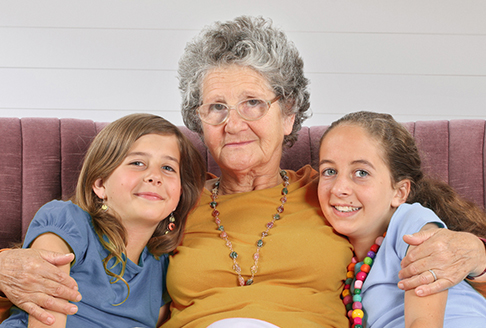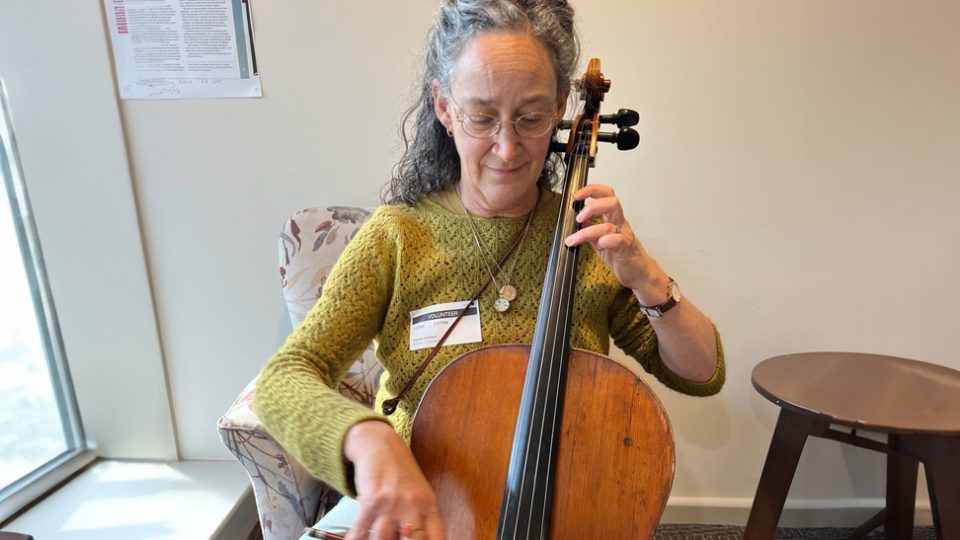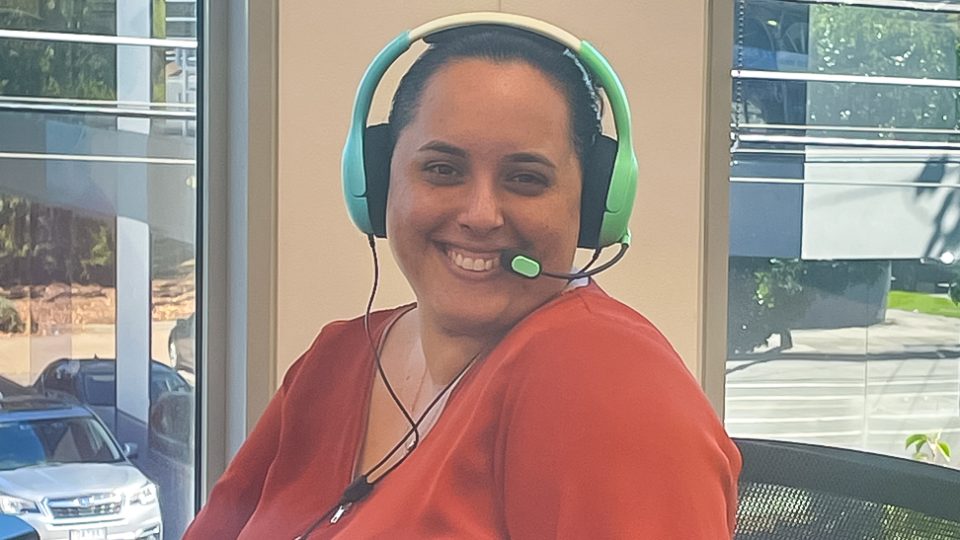KINSHIP CARE WEEK | Meet carer, Gwen
- 06 Sep 2023

Kinship Care week celebrates carers like Gwen.*
Kinship carer to two granddaughters under 10 years old, Gwen has been a carer with Baptcare for two years. She sat down with us to discuss her journey as a kinship carer.
Can you describe the role of a kinship carer?
I struggled with becoming a parent again at the age of 50, having planned to do things that I wanted to do after raising my own children who are now in their 20s. But my life was turned upside down when I became a carer for my granddaughters.
The main challenge was having kids in your care who you haven’t raised.
You need to construct a plan to renavigate parenting boundaries and try and figure out quickly whether what you’re doing is right.
Some days are hard and you question why you’re doing it but then you look at them and you know that you wouldn’t have it any other way.
But it can definitely be isolating and daunting at times.
You can’t go to a play group and meet parents the same age, as you’re a lot older.
Another hurdle was coming to terms with the fact that I don’t have the support network that I had as a young parent of my own children.
Are you in any Kinship groups?
Kay (Kay Lewis, Family Services Practitioner at Baptcare) started coffee catch up time once a week with three other kinship carers and this is really great.
How did Baptcare help?
Kay and I wrote up a plan re the steps I needed to take.
Kay referred me to the Government Grandparents hotline for advice re Centrelink. This hotline was not advertised and not easily accessible, but it has been such a support. I wouldn’t have known about it without Kay.
How has Kay helped you?
Kay has helped me so much but mostly just by being there and being very supportive.
Kay is a family support worker and that’s exactly what she does – she supports me and my family. I’ve really appreciated her non-judgmental support.
For example, if I am unsure how to approach my grandchildren’s behaviour, it has been great to be able to discuss things with Kay.
When you only have you the cat and yourself around, sometimes you need this extra sounding board because the cat doesn’t have the answers!
I had a low point lately with illness, and Kay checked in regularly. This meant a lot. Makes such a difference having somebody care about what’s happening in your life at that moment.
How would you summarise your experience working with Baptcare?
My experience with Baptcare has been nothing but positive.
I’ve particularly appreciated their non-judgmental, emotional support but also the practical supports.
For example, Kay found a donation service called Tassie Mums who make up ‘bundles’ of clothing, shoes and toys that are age/gender specific. My granddaughters arrived at my home without anything – no clothes or toys – so Tassie Mums really helped us out.
A lot of the clothing in the box was new – there was even brand names! There were good clothes that we could use to take the girls out for special occasions. There was enough clothing in there for 12 months including winter and summer gear.
Receiving the Tassie Mums box made me cry. It’s such a beautiful thing Tassie Mums do for people in the community.
What would you say to people questioning whether to be kinship carers?
Remember to get as much support as possible and to take time for yourself too.
The decision whether to become a kinship carer is a very emotional time, so do your research and, if possible, get organised before you start caring.
Any last words on Baptcare?
Baptcare is a great organisation.
I’m not a person who asks for help very often but Baptcare is really amazing with what they’re able to offer.
*Names changed for privacy reasons.
Learn more about Baptcare’s kinship care programs on our website.
https://www.baptcare.org.au/services/foster-care/kinship-care-programs
If you’re interested in talking about your kinship care journey, call 0363236700 (Tasmania) or 03 9379 3800 (Victoria).
Community news
-

Staff Spotlight: A Day in The Life of a Foster and Kinship Care Practitioner
Rachel Binger is a Foster & Kinship Care Practitioner at Baptcare’s Ulverstone Hub in Tasmania. She starts the day with penguins, ends it with bingeable television, and in between supports everyday superheroes: foster carers.
- 02 Apr 2025
-

Volunteer Spotlight: Louise Godwin and her cello
Our Baptcare volunteers are amazing and it is always wonderful to have the chance to get to know them and learn a little about why they volunteer with Baptcare. Louise, a relatively new volunteer at Baptcare Karana Residential Aged Care community, tells us all about her musical talents and why she volunteers her time twice a week to play cello for the residents.
- 01 Apr 2025
-

Staff Spotlight: A day in the Life of a Customer Enquiry Consultant
Hi, my name is Isabelle Oehler, and I have been working in the Customer Enquiry Centre (CEC) for a little over three years. Essentially, we are the first point of contact for prospective enquiries – acting as the ‘front door’ to Baptcare.
- 21 Mar 2025
